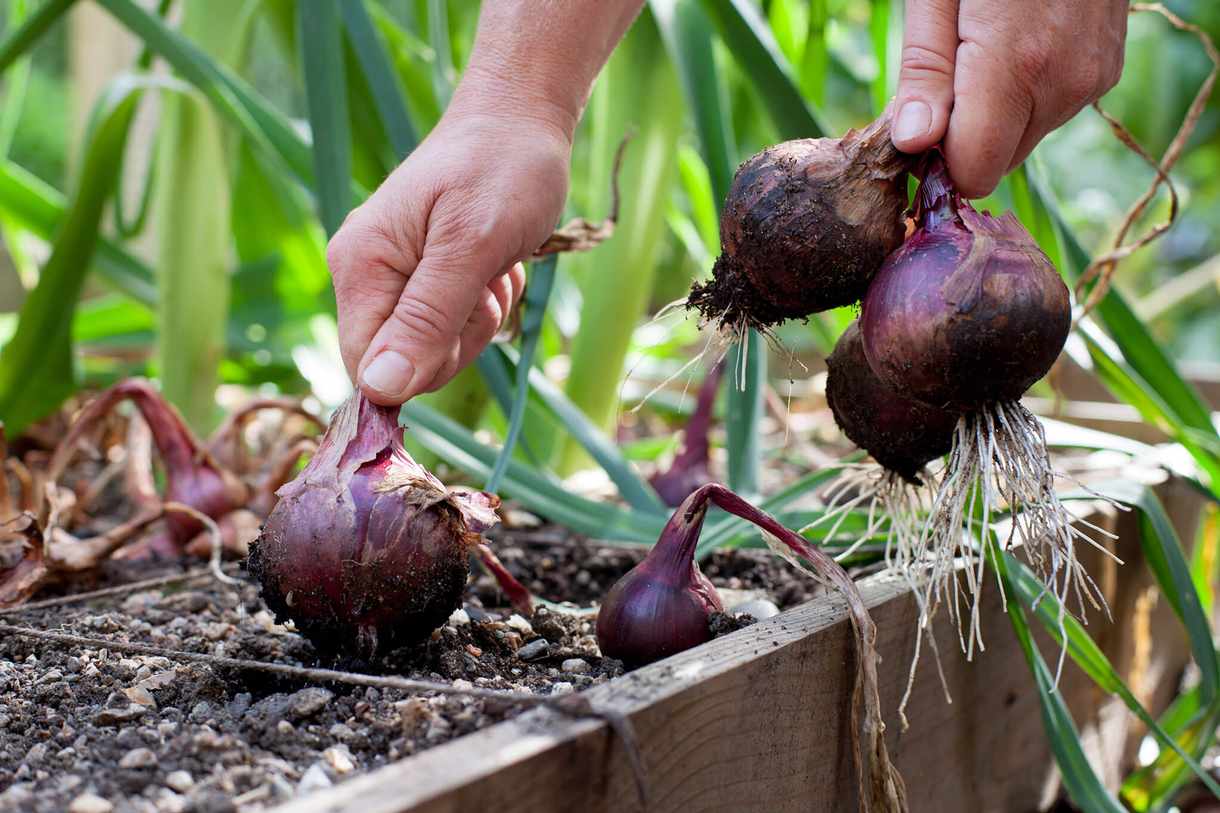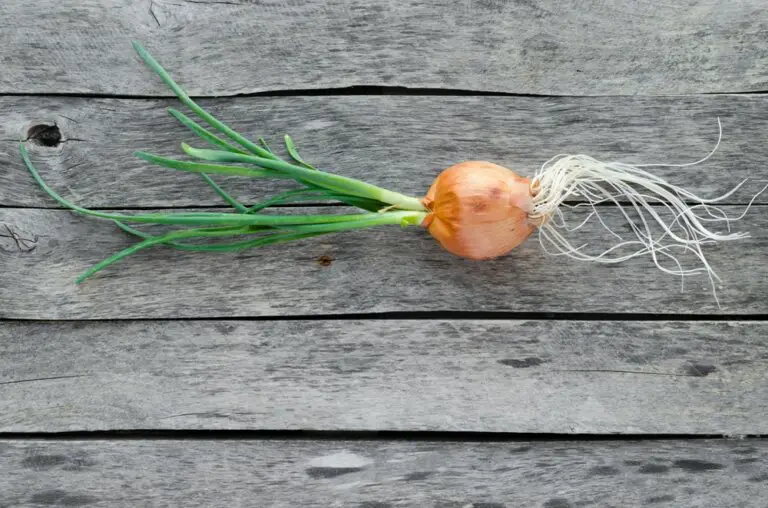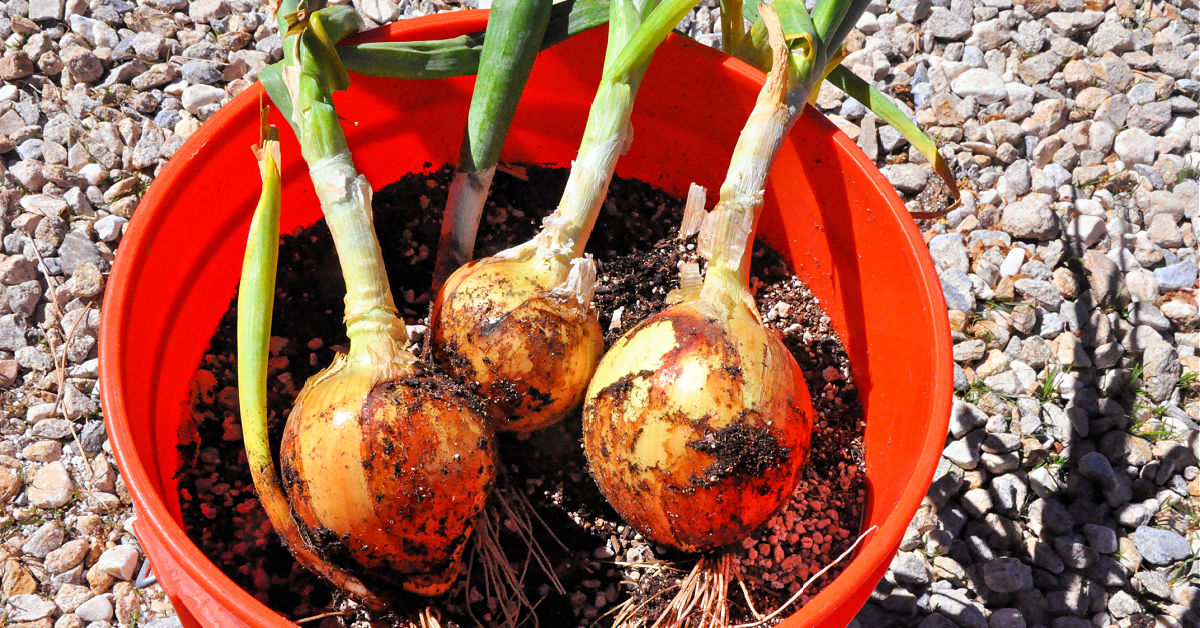What to Do with a Sprouted Onion
When an onion begins to sprout, it can be a frustrating experience, especially if you’re unsure what to do with it. Can I plant my sprouted onion? Should I use it in cooking, or is it better to discard it? The good news is that a sprouted onion can still be useful, and with the right approach, it can even be replanted to grow a new onion. Before deciding what to do, it’s essential to understand the options available. You can choose to use the sprouted onion in cooking, as it’s still edible and can add flavor to various dishes. Alternatively, you can plant it, giving it a new lease on life. Or, if the onion is too far gone, it may be best to discard it and purchase a fresh one. In this article, we’ll explore the possibility of planting a sprouted onion and provide guidance on how to do so successfully.
Can You Plant a Sprouted Onion?
The short answer is yes, you can plant a sprouted onion. In fact, it’s a great way to give new life to an onion that would otherwise be discarded. However, it’s essential to understand the conditions necessary for success. Can I plant my sprouted onion? The answer is yes, but only if the onion is still in good condition. If the onion is too far gone, with signs of mold or rot, it’s best to discard it. But if the sprouts are green and healthy, you can plant them to grow a new onion. The key to success lies in providing the right environment, including well-draining soil, adequate sunlight, and consistent moisture. With proper care, a sprouted onion can be coaxed back to health, producing a fresh, flavorful onion.
How to Prepare Your Sprouted Onion for Planting
Before planting your sprouted onion, it’s essential to prepare it properly to ensure a successful harvest. This step is crucial, as it sets the stage for healthy growth and development. To prepare your sprouted onion, follow these simple steps:
First, trim the sprouts to about an inch above the onion’s surface. This will help the onion focus its energy on growing new roots rather than producing more sprouts. Next, dry the onion in a warm, dry place for 24-48 hours. This step is critical, as it helps to prevent rot and disease. Finally, handle the onion gently, as it can be easily damaged. Make sure to plant the onion as soon as possible after preparation, as it’s now ready to be given new life.
By following these steps, you’ll be able to give your sprouted onion the best chance of success. Remember, can I plant my sprouted onion? Yes, you can, and with proper preparation, you’ll be enjoying a fresh, homegrown onion in no time.
Choosing the Right Soil and Environment
When it comes to planting a sprouted onion, the soil and environment play a crucial role in its success. The right conditions can make all the difference in promoting healthy growth and development. So, can I plant my sprouted onion in any soil? Not exactly. The ideal soil for planting a sprouted onion is well-draining and rich in organic matter. Avoid planting in areas with standing water or where water tends to collect, as this can lead to rot and other diseases.
In terms of environment, onions require full sun to partial shade, depending on the variety. They thrive in temperatures between 65°F and 75°F (18°C and 24°C), making them an ideal crop for spring or fall gardens. Additionally, onions are sensitive to moisture, so it’s essential to provide consistent watering, especially during the first few weeks after planting.
By selecting the right soil and environment, you’ll be giving your sprouted onion the best chance to thrive. Remember, with proper care and attention, you can successfully plant a sprouted onion and enjoy a bountiful harvest.
Planting Your Sprouted Onion: A Step-by-Step Guide
Now that you’ve prepared your sprouted onion and chosen the right soil and environment, it’s time to plant. Follow these simple steps to give your onion the best chance of success:
1. Dig a hole that is about 1-2 inches deep and 1-2 inches wide. The hole should be slightly deeper than the height of the onion.
2. Place the onion in the hole, making sure the base of the onion (where the roots are) is at the bottom of the hole. The sprouts should be above the soil level.
3. Fill in the hole with soil, gently firming it around the onion as you go. Make sure the soil is firmly packed to prevent air pockets from forming.
4. Space onions about 4-6 inches apart, depending on the variety. This will give them enough room to grow without overcrowding.
5. Water the onion well, making sure the soil is moist but not waterlogged. Keep the soil consistently moist during the first few weeks after planting.
By following these steps, you’ll be able to successfully plant your sprouted onion. Remember, can I plant my sprouted onion? Yes, you can, and with these instructions, you’ll be on your way to growing a healthy, thriving onion.
Tips for Caring for Your Newly Planted Onion
After planting your sprouted onion, it’s essential to provide the right care to ensure it grows into a healthy, thriving onion. Here are some tips to help you care for your newly planted onion:
Watering: Keep the soil consistently moist during the first few weeks after planting. As the onion grows, you can gradually reduce watering to about 1 inch per week. Be careful not to overwater, as this can lead to rot and other diseases.
Fertilizing: Feed your onion with a balanced fertilizer once a month. You can also side-dress with a high-phosphorus fertilizer to promote healthy root growth.
Pest Management: Keep an eye out for pests like aphids, thrips, and onion maggots. Use organic pest control methods whenever possible, such as introducing beneficial insects or spraying with neem oil.
Mulching: Mulch around the onion to retain moisture, suppress weeds, and regulate soil temperature. Use a thin layer of organic mulch like straw or grass clippings.
By following these tips, you’ll be able to provide your newly planted onion with the care it needs to thrive. Remember, can I plant my sprouted onion? Yes, you can, and with proper care, you’ll be enjoying a bountiful harvest in no time.
Common Challenges and Solutions
When planting a sprouted onion, it’s not uncommon to encounter some challenges. Here are some common issues that may arise and some solutions to help you overcome them:
Rot: One of the most common problems when planting a sprouted onion is rot. This can occur if the soil is too wet or if the onion is not properly prepared for planting. To prevent rot, make sure the soil is well-draining and the onion is dry and free of any signs of mold or mildew.
Pests: Pests like aphids, thrips, and onion maggots can be a problem when planting a sprouted onion. To prevent pests, use organic pest control methods like introducing beneficial insects or spraying with neem oil.
Slow Growth: If your onion is not growing as quickly as you expected, it may be due to a lack of sunlight, water, or nutrients. Make sure your onion is getting at least 6 hours of direct sunlight per day and is consistently watered. You can also fertilize your onion with a balanced fertilizer to promote healthy growth.
By being aware of these common challenges and taking steps to prevent them, you can increase your chances of success when planting a sprouted onion. Remember, can I plant my sprouted onion? Yes, you can, and with a little patience and care, you’ll be enjoying a bountiful harvest in no time.
Harvesting Your Homegrown Onion
After weeks of care and patience, your homegrown onion is finally ready to harvest. But how do you know when it’s time to dig up your onion? Here are some tips to help you identify when your onion is ready:
Check the tops: One of the easiest ways to determine if your onion is ready to harvest is to check the tops. When the tops of the onion start to yellow and fall over, it’s a sign that the onion is mature and ready to be harvested.
Check the size: Onions come in a variety of sizes, but most are ready to harvest when they’re between 1-2 inches in diameter. If you’re unsure, gently dig around the onion to check its size.
Dig carefully: When harvesting your onion, be careful not to damage the bulb. Use a fork to gently loosen the soil around the onion, then lift it out of the ground.
Prepare for use: Once you’ve harvested your onion, trim the tops to about an inch above the bulb. You can then use your homegrown onion in a variety of dishes, from soups to salads.
By following these tips, you’ll be able to enjoy the fruits of your labor and savor the sweet taste of your homegrown onion. And remember, can I plant my sprouted onion? Yes, you can, and with a little care and patience, you’ll be harvesting your own onions in no time.







:max_bytes(150000):strip_icc()/growing-onions-1403447-01-38d480a2d16d4ea0b0dd174f42785e1d.jpg)